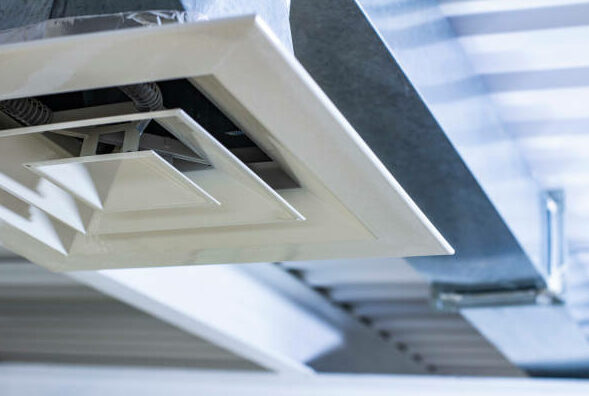
We have found that water only seeps in through the attic exhaust fan area when it is raining and the wind is strong, such as in the storm. I don’t know if the rain got in through the hole under the fan cover or somewhere else.
Is there a good way to find out what’s going on? Can we solve this problem by ourselves? Some drains range from pipes that do not have enough insulation, which lets water drip into the system. Roof vent pipes, shingles, and other roofing materials can also leak over time, carrying rainwater through your system until it exits your exhaust range.
Most of the time, a bathroom exhaust fan leaks when it rains because the tub drain pipe is angled and goes through the roof.
It’s a good thing (and required by code) that it vents to the outside, but if it’s not installed properly or the cover is broken, rain can enter through the vent of the kitchen.
If it’s coming out of the vent, it’s probably because of the way it’s installed on your roof and the way the wind is blowing water. If the problem was just with the caulking, I would expect water to enter your attic, but not the pipe. I think you may need to buy and install another roof vent.
How to Fix a Range Hood That Leaks
Wash out the filter
Apply a degreaser to your hood’s filters, grease trap, and siphon if they are clogged with lard or refined grease. If the filter is dishwasher-safe, you may also wash it in there.
Fix the leak and weld it again
You don’t see anything like this very frequently. A light test is done to make sure that light can’t shine through the welds on an exhaust hood before it passes inspection. But once grease is leaking out of a hole in the body of your range hood, you must call a repairman right away and avoid the leak and fix the weld. Any time, a small grease leak can start fires or do other kinds of damage.
Check to see if the fan works
If your range hood’s exhaust fan isn’t working right, it’s probably because of one of two things. It may be that the fan or the motor that runs the fan is broken. To fix this problem, the broken fan needs to be replaced with a new one. If you’re not confident that you can fix this device on your own, you might want to hire a repairman.
Instead of ceiling ducts, use wall ducts
The range hood might be flooded by rainfall if the ducts are located in the ceiling. Avoiding this issue is as simple as relocating the pipeline work from the roof ceiling to the walls or the floor of the basement. If you must use a ceiling that is directly on top of the roof, then you must ensure that the ducts are fitted without any gaps or loops.
Seal the Ducts
It’s important to make sure that the ducts in your kitchen don’t have any leaks so that dangerous gases from the stove don’t seep into your attic or walls. So, to solve this issue, you need some steel ducts and start figuring out the quickest and easiest way to pinch them. Before putting the ducts together, the joints where they cross should be sealed with sealant. Then, use equal 1-4-inch screws to screw the ducts together. Lastly, wrap the outside with duct tape that has foil on it.
Conclusion
Most of the time, a leaky kitchen exhaust fan is caused by the condensation in the ductwork that flows through the fan. There may be a broken damper or a fan that is too small or not in the right place. Moisture can also accumulate due to poor insulation. A ventilator leak can also be caused by a roof leak or another problem with the roof. To figure this out, you will need the help of an expert.
I have a new outdoor event with a flap that closes and stays closed due to friction. The outer shutter shouldn’t have a manual latch because you’ll never remember to open it until your device is filled with smoke. There is also a flap inside, but it does not prevent water from entering.
Make sure your fan box is installed and sealed properly. If it is leaking, it may be on the edges and not through the flap.




